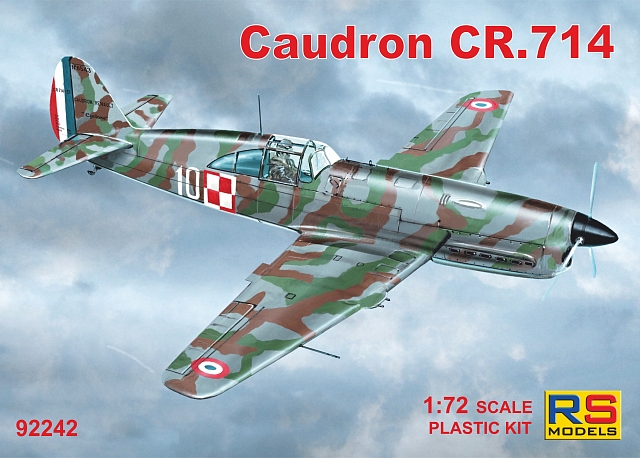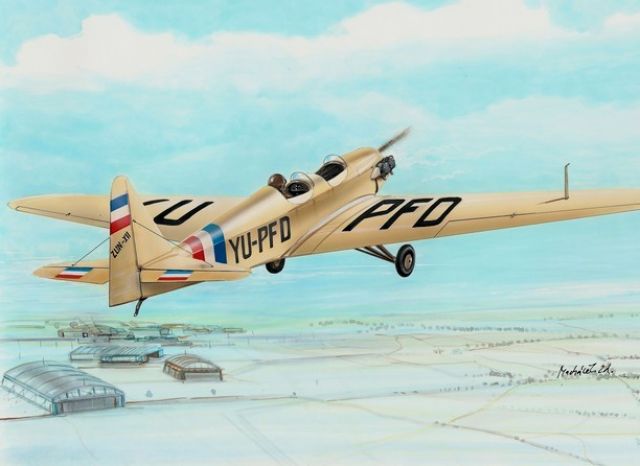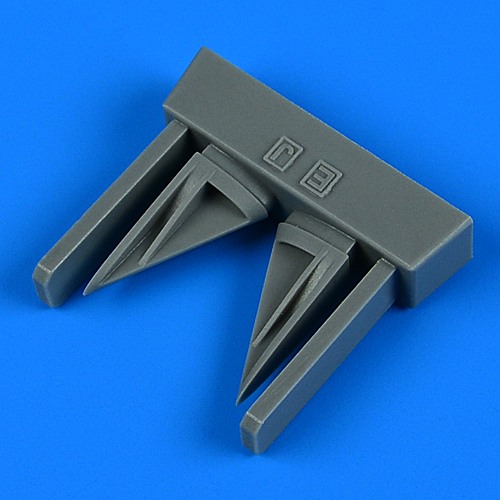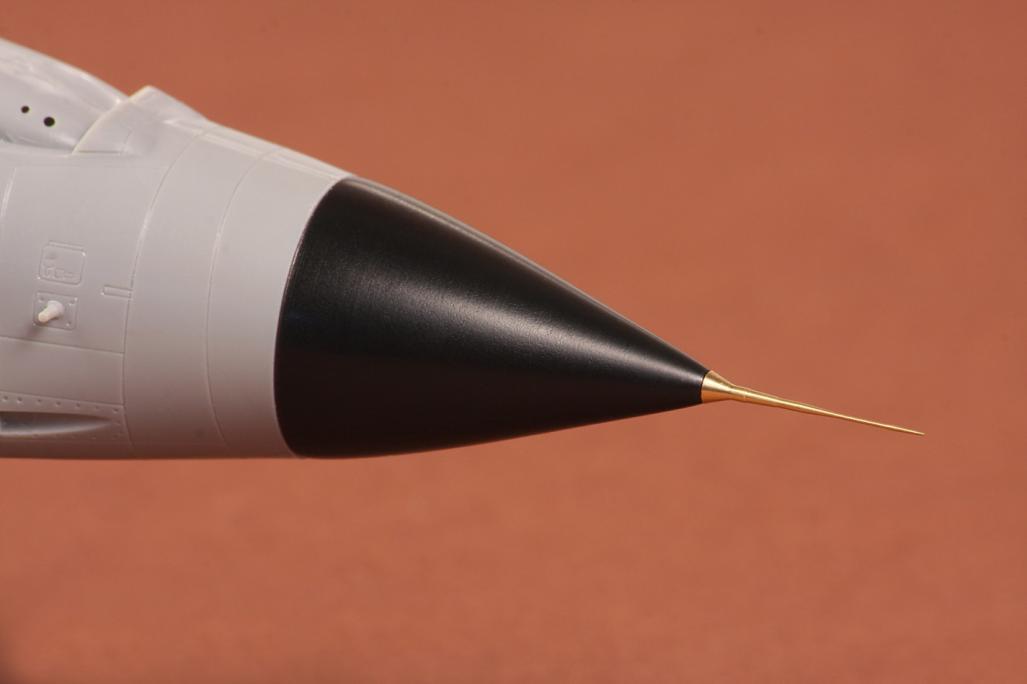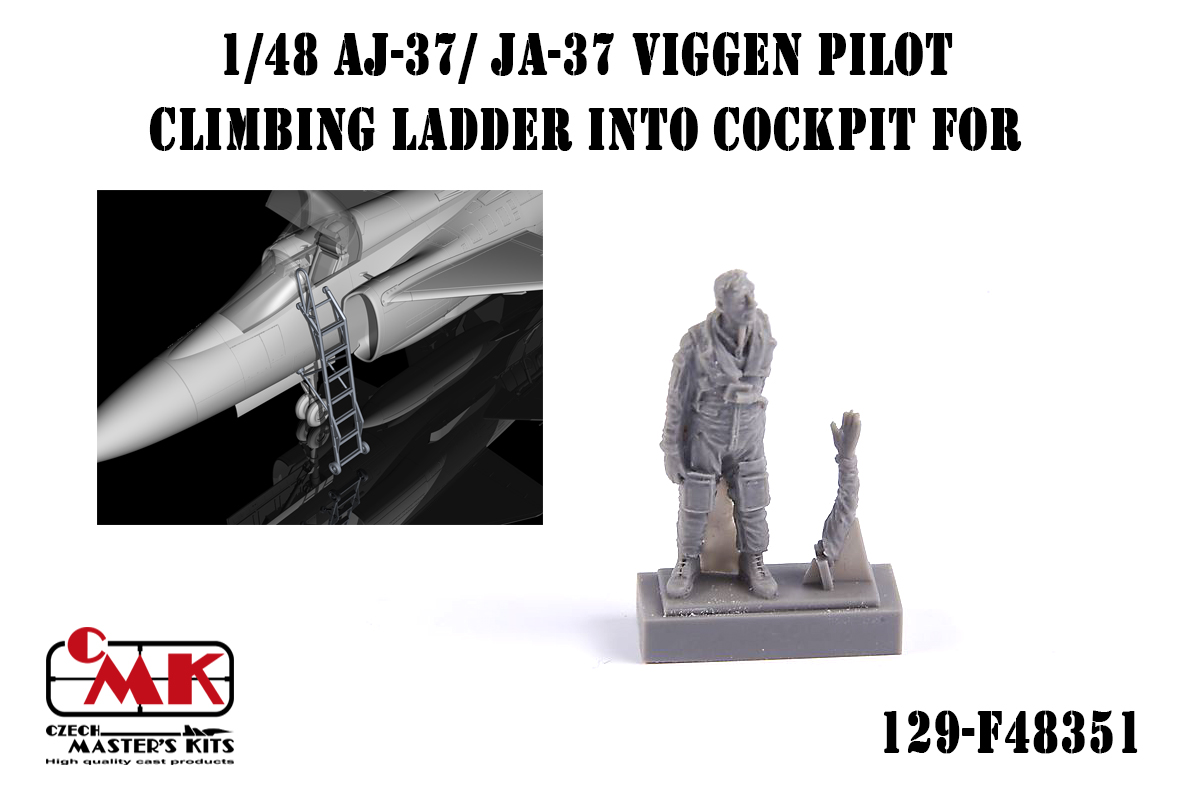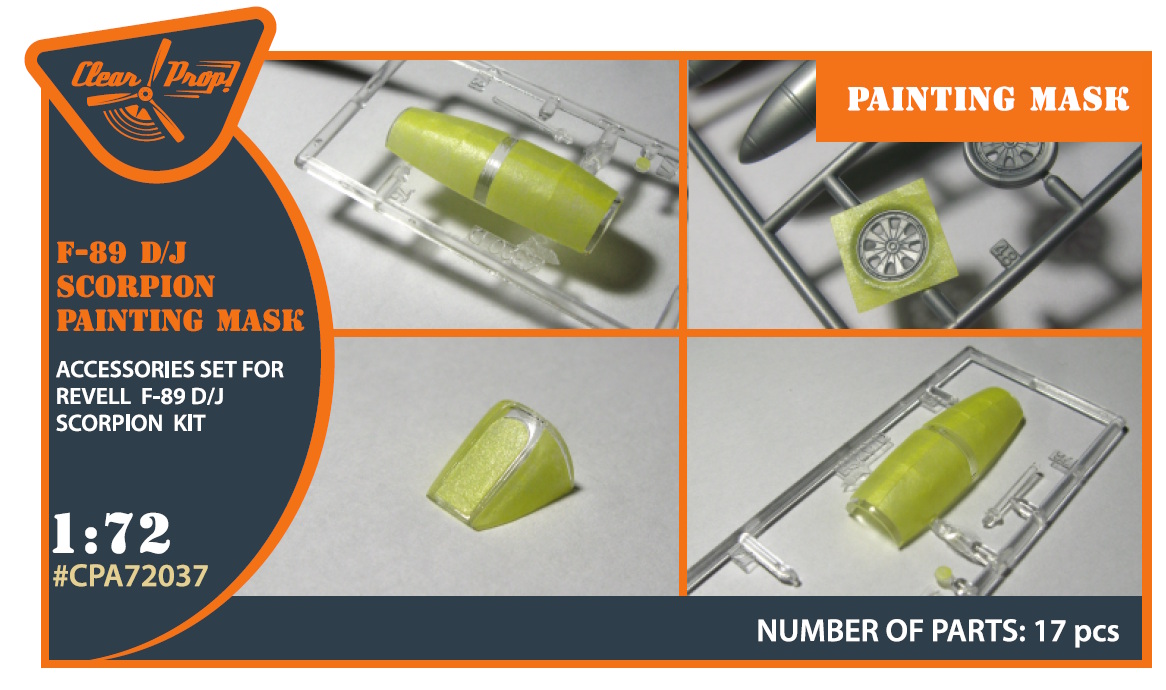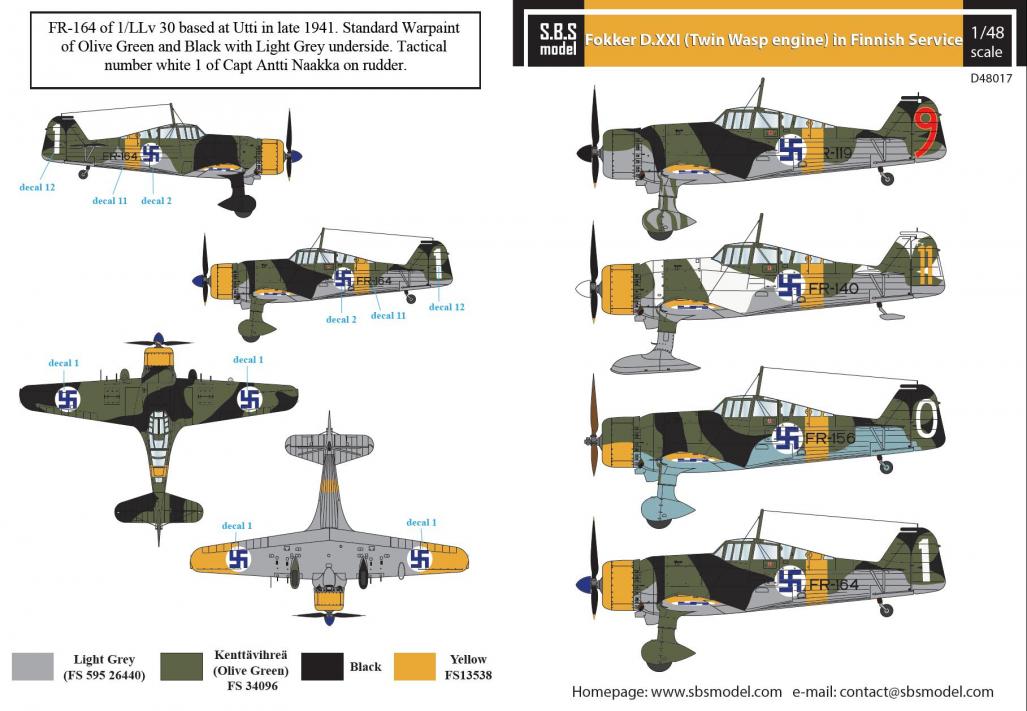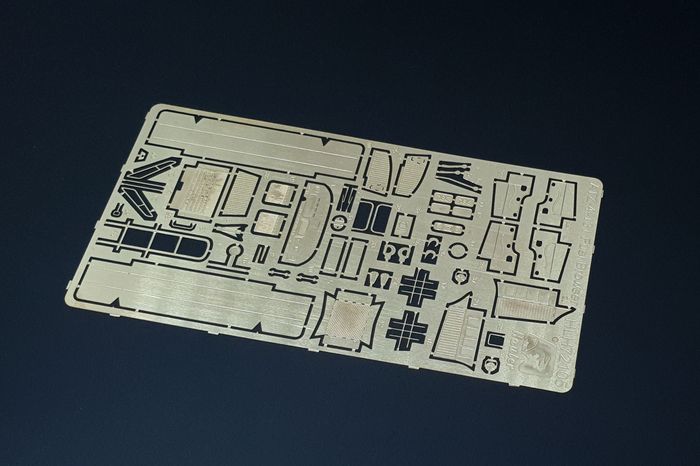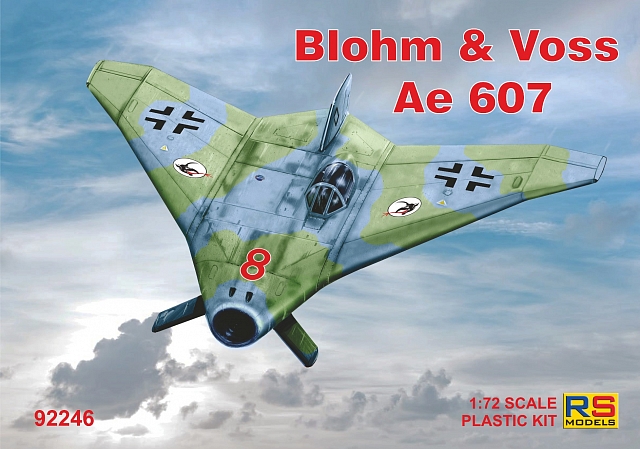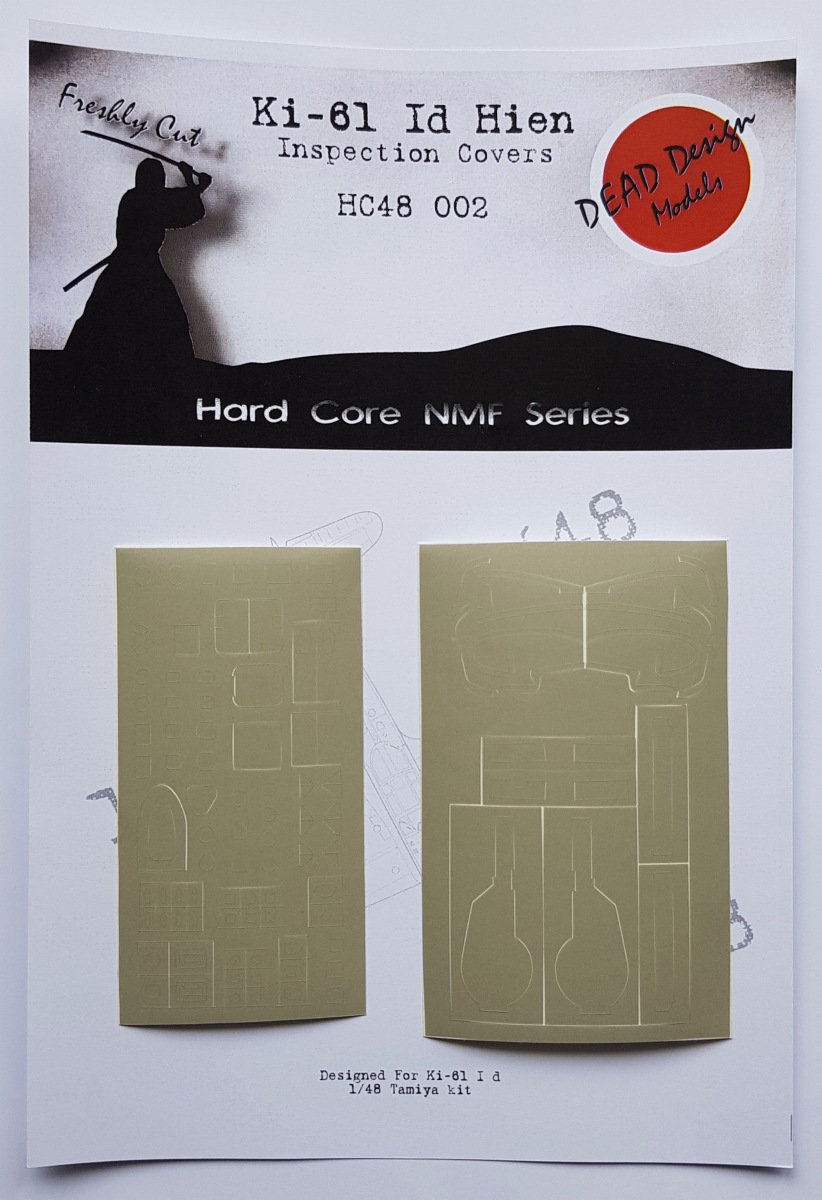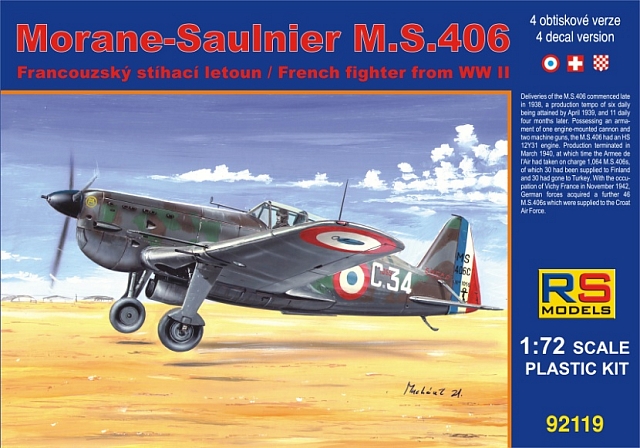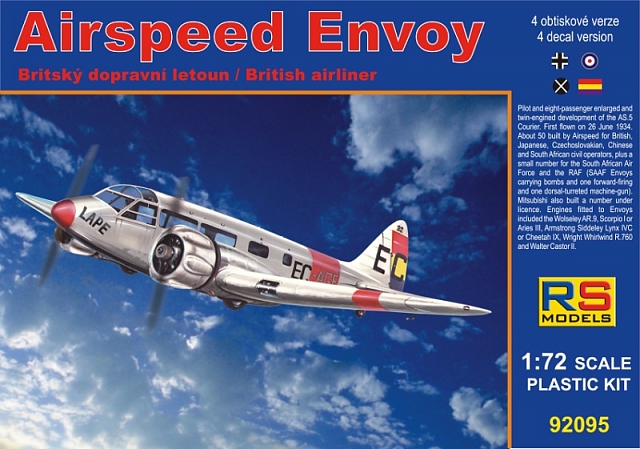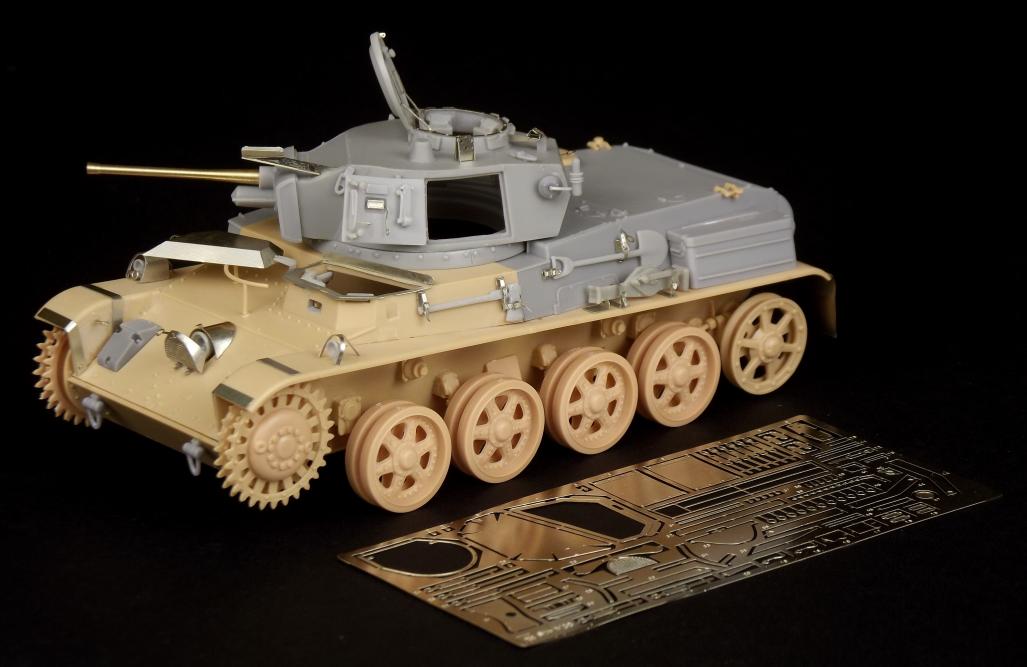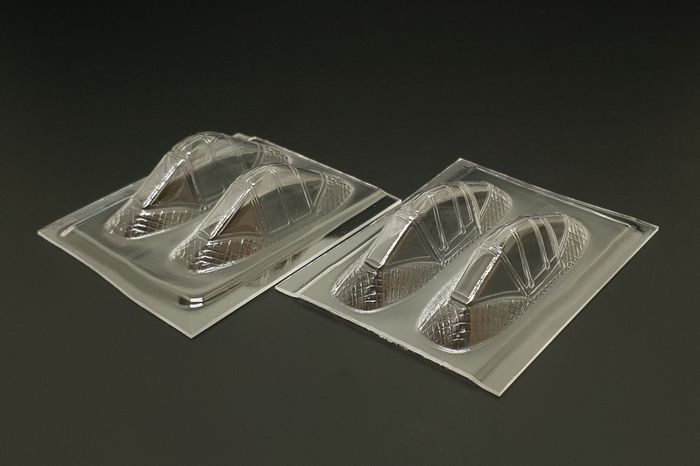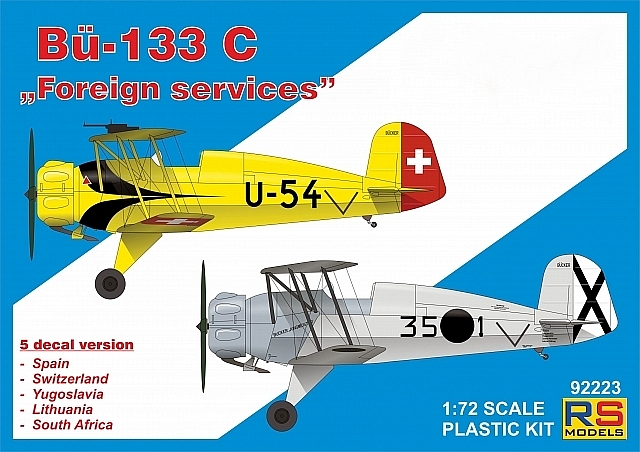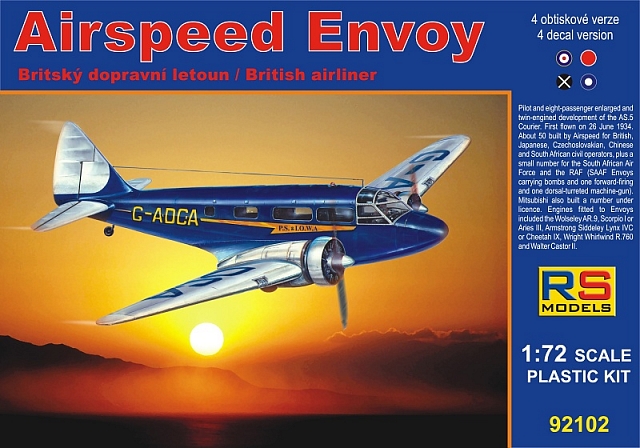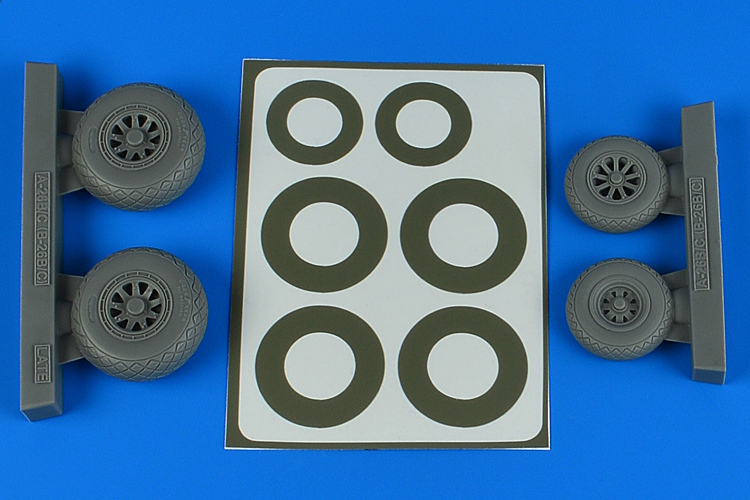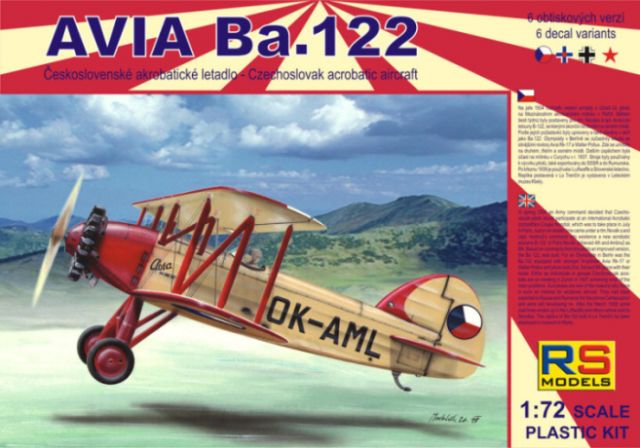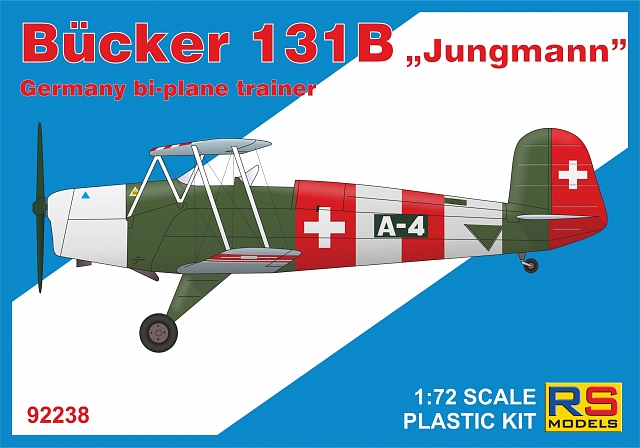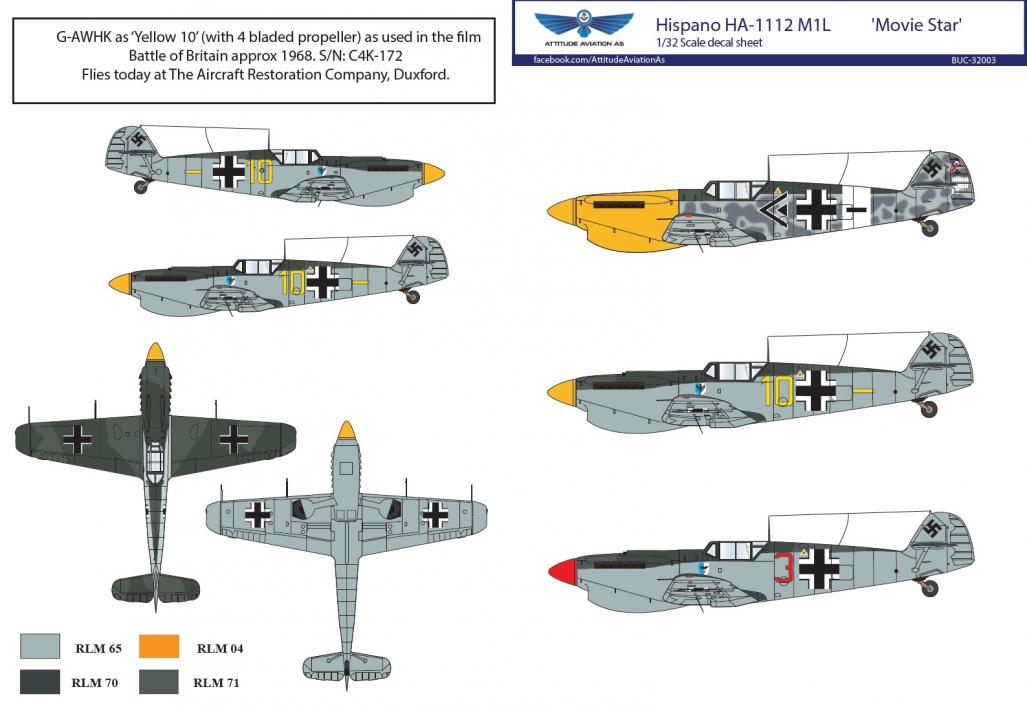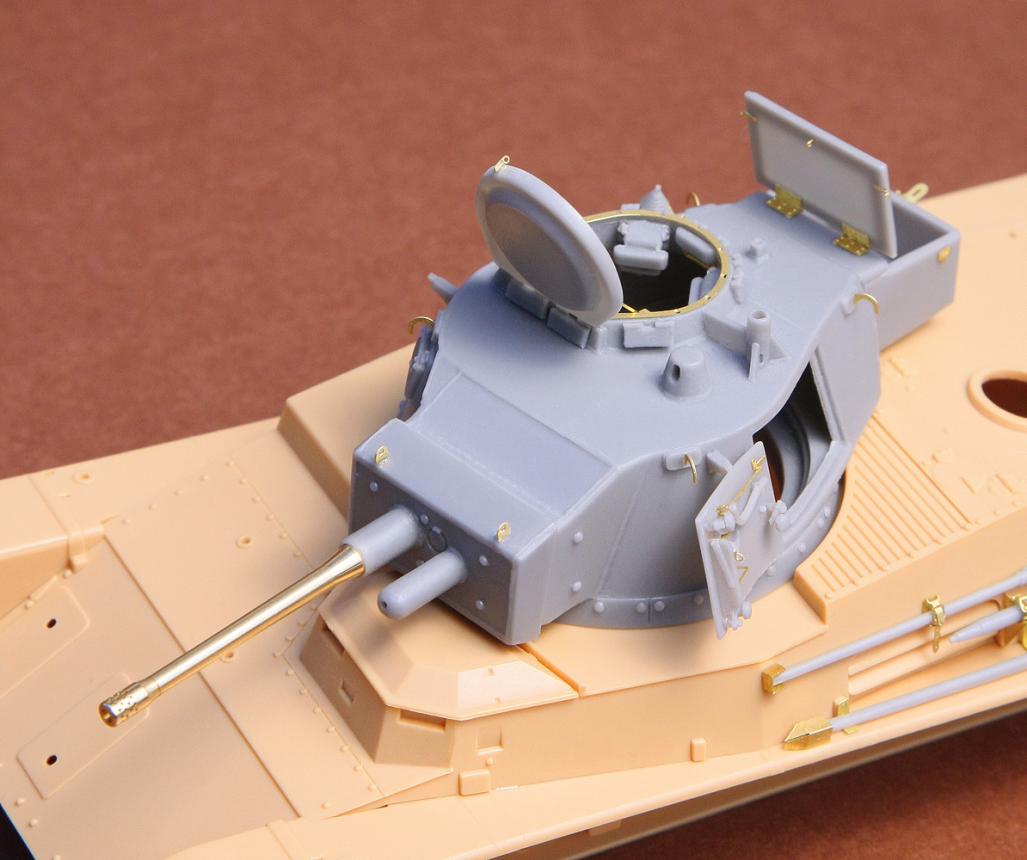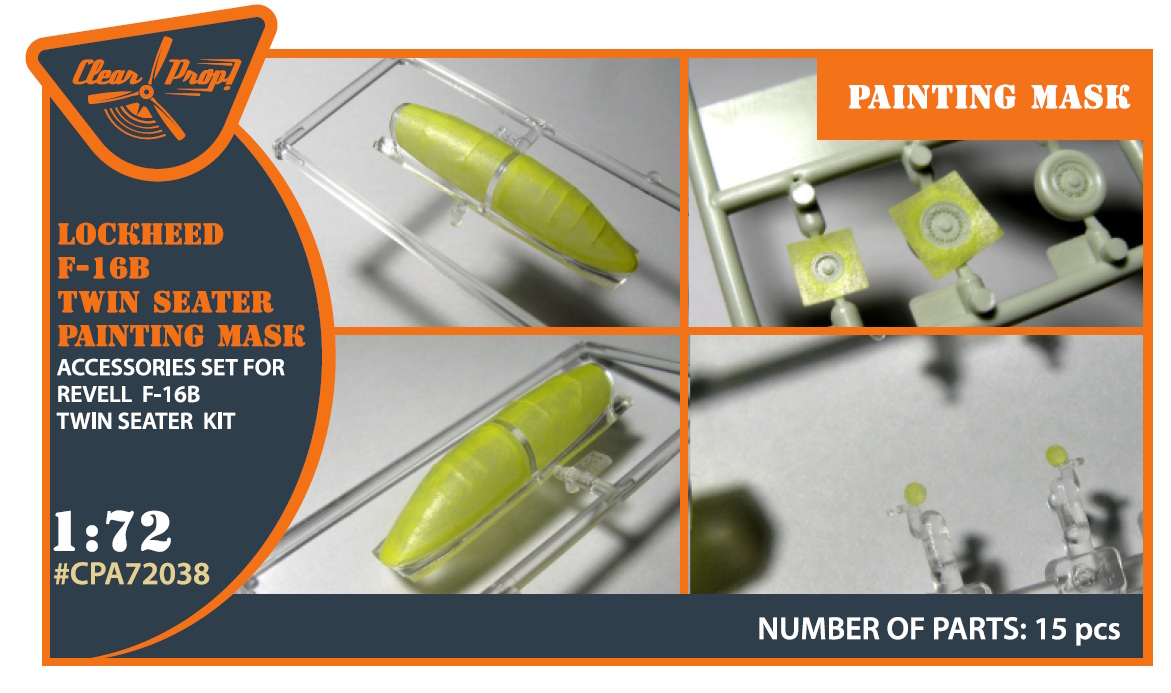Dětské zboží
Celkem 5752 produktů
Plastikový model letadla 1/72 Caudron CR.714 C-1 4 decal v. for France, Luftwaffe, Finland. 4 decal variants1. Caudron CR-714, 2nd Esc. GC 1/145, Dreux, A. Niewiara, June 19402. Caudron CR-714, 1st Esc. GC 1/145, Villacoublay, L. Uher, May 19403. Caudron CR-714, Finland, May 19414. Caudron CR-714, test aicraft, Luftwaffe 1940The first prototype was test flown in July 1938 and the first production machine, powered by a Renault 12R-03, was delivered in July 1939. The armament consisted of four 7,5mm MAC 1934 machine guns located in two wing gondolas. Only GC 1-145 was equipped with the Caudron C.714. It was a unit composed of Polish pilots under French command. They fought against the Luftwaffe in spring 1940 and despite the aircraft climbing, the highly battle motivated Polish pilots scored 8 confirmed victories with an overall loss of 7 pilots. Until the fall of France, more than 60 machines were produced and several were in progress. At least one machine was tested by the Luftwaffe.
1/48 AJ-37/JA-37 Viggen Pilot Climbing Ladder into Cockpit for Special Hobby/Tarangus kit. Nicely detailed polyurethane resin cast figure of a Viggen pilot depicted climbing into the cockpit using a styrene ladder. The ladder comes from a standard metal type mould. A fine accompaniment to a sitting instructor/radar operator figure and any two-seater version of the Viggen. Nationality: Sweden / modern
1/72 F-4B/C/D/N Phantom II double-sided painting mask for Hasegawa / Hobby2000. 1/72 F-4B/C/D/N Phantom II oboustranná maska pro stavebnici Hasegawa / Hobby2000. Vnější a vnitřní oboustranná maska čirých dílů a kol. Maskovací folie Kabuki, nejvyšší kvality, nejlepší moderní technologická výroba průřezu folie, s potiskem - spolu s návodem jednoznačně definuje části masky a jejich konkrétní umístění a aplikaci.
Plastikový model letadla 1/72 Avro Rota C.30A 4 decal v. for Czeczslovak.,RAF, Yugoslavia, Australia. The first production design in the series was the C.30, a radial-engined autogyro with a three-blade, 37 ft (11.3 m) rotor mounted on an aft-leaning tripod, the control column extending into the rear of the two cockpits. The engine was the five-cylinder, 105 hp (78 kW) Armstrong Siddeley Genet Major I used in the C.19 series. The fabric-covered fuselage carried an unbraced tailplane, without elevators but with turned-up tips. The port side of the tailplane had an inverted aerofoil section to counter roll-axis torque produced by the propeller. As with most autogyros, a high vertical tail was precluded by the sagging resting rotor, so the dorsal fin was long and low, extending well aft of the tailplane like a fixed rudder and augmented by a ventral fin. The wide-track undercarriage had a pair of single, wire-braced legs and a small tail wheel was fitted. This model flew in April 1933. It was followed by four improved machines designated C.30P (P here for pre-production) which differed in having a four-legged pyramid rotor mounting and a reinforced undercarriage with three struts per side. The rotor could be folded rearwards for transport. The C.30P used the more powerful (140 hp, 104 kW) seven-cylinder Armstrong Siddeley Genet Major IA radial engine.
Plastikový model letadla 1/72 Avro Rota C.30A 4 decal v. for Czeczslovak.,RAF, Yugoslavia, Australia. The first production design in the series was the C.30, a radial-engined autogyro with a three-blade, 37 ft (11.3 m) rotor mounted on an aft-leaning tripod, the control column extending into the rear of the two cockpits. The engine was the five-cylinder, 105 hp (78 kW) Armstrong Siddeley Genet Major I used in the C.19 series. The fabric-covered fuselage carried an unbraced tailplane, without elevators but with turned-up tips. The port side of the tailplane had an inverted aerofoil section to counter roll-axis torque produced by the propeller. As with most autogyros, a high vertical tail was precluded by the sagging resting rotor, so the dorsal fin was long and low, extending well aft of the tailplane like a fixed rudder and augmented by a ventral fin. The wide-track undercarriage had a pair of single, wire-braced legs and a small tail wheel was fitted. This model flew in April 1933. It was followed by four improved machines designated C.30P (P here for pre-production) which differed in having a four-legged pyramid rotor mounting and a reinforced undercarriage with three struts per side. The rotor could be folded rearwards for transport. The C.30P used the more powerful (140 hp, 104 kW) seven-cylinder Armstrong Siddeley Genet Major IA radial engine.
Plastikový model letadla 1/72 Blohm and Voss Ae 607 4 decal v. for Luftwaffe, Great Britain. Early in 1945, a Blohm & Voss (B&V) aircraft designer called Thieme began work on Drawing Number Ae 607, within the standard drawing numbering system at B&V. His design for a jet fighter was radically different from anything that B&V had done before. A flying wing, it approximated to a 45° delta planform. Reports of its existence were not confirmed until 2017, when the drawing was published. No Project number is recorded for the design and its intended status is unknown.[
1/72 F-4B/C/D/N Phantom II double-sided painting mask for Hasegawa / Hobby2000. 1/72 F-4B/C/D/N Phantom II oboustranná maska pro stavebnici Hasegawa / Hobby2000. Vnější a vnitřní oboustranná maska čirých dílů a kol. Maskovací folie Kabuki, nejvyšší kvality, nejlepší moderní technologická výroba průřezu folie, s potiskem - spolu s návodem jednoznačně definuje části masky a jejich konkrétní umístění a aplikaci.
Classic Kit vesmír A50106 - One Step for Man 50th Anniversary of 1st Manned Moon Landing (1:72). Model přistávacího modulu a astronautů ke slepení. Velikost: 1:72. Informace o modelu a originálu: 21. července 1969 – člověk poprvé vstupuje na povrch Měsíce. Američan Neil Armstrong se stal prvním člověkem, který se prošel po Měsíci. Na jeho povrch vstoupil ve 02.56 GMT v oblasti Moře klidu (Mare Tranquillitatis), necelých 20 minut po prvním otevření poklopu na přistávacím modulu Orel. Armstrong již ve 20.17 GMT předchozího dne ohlásil, že lunární modul bezpečně přistál, slovy: „Houstone, tady základna Tranquility. Orel přistál.“ V momentě, kdy došlápl levou nohou na povrch Měsíce, pronesl ikonická slova „Je to malý krok pro člověka, obrovský skok pro lidstvo,“ která ho údajně napadla sama od sebe, aniž by si je připravoval! Dále popsal povrch jako uhelný prach, v němž přistávací modul zanechal jenom malé prohlubně. Tyto historické okamžiky zachytily televizní kamery připevněné k modulu Orel, které zapnul sám Armstrong. Prvních několik minut poté strávil pořizováním fotografií a sbíráním vzorků půdy pro případ, že by musela být mise náhle přerušena. Jeho kolega Edwin 'Buzz' Aldrin se k němu připojil v 03.15 GMT a oba poté sbírali data a plnili různá cvičení – včetně skákání měsíční krajinou – než v 03.41 GMT zasadili do země vlajku Spojených států amerických. Kromě toho odhalili plaketu, na níž byl podpis prezidenta Nixona a nápis pravící: „Zde se lidé z planety Země poprvé dotkli nohama Měsíce. Červenec L. P. 1969. Přišli jsme v míru jménem všeho lidstva.“ Následující mise s sebou už přinesly modernější vybavení. Tato dárková sada umožňuje postavit celou řadu těchto misí až po tu poslední – Apollo 17 z prosince 1972. Detaily modelu: Měřítko: 1:72 Obtížnost: 2 Flying Hours: 2 Doporučeno pro děti od 8 let. Upozornění: Nebezpečí udušení! Výrobek obsahuje malé části. NEVHODNÉ PRO DĚTI DO 3 LET!
Plastikový model letadla 1/72 Bücker Bü-131 B 5 decal v. for Switz, Bulgaria, Luftw., Spain, Finland. 5 decal variants1. Bücker 131B, Swiss AF, Lst, FL.Kp.55, Januar 19452. Bücker 131B, Spain AF, Tablada 19373. Bücker 131B, D-EBZE, Berlin Rangdorf 19374. Bücker 131B, Bulgarian AF, Airfield Sofia-Bozuriste 19405. Bücker 131B, Finnish Aeroclub, 1940The Bücker 131 was a biplane for aerobatic and training use. Was designed by Anders J. Anderson and first flew on April 1934. Production of the Bü 131A powered by an 80hp Hirth HM 60R began in the same year. First aircraft were delivered to the Luftwaffe in 1935 year. During 1936, was produced Bü 131B with powerful 105hp Hirth HM 504A-2 engine. Most produced was the version D. The aircraft was used by Luftwaffe as training, also by night ground-attack. Was also exported in many countries - Japan, Switzerland, Spain, Yugoslavia, Romania and Bulgaria. Under licence was built in Japan and after WWII also in Spain-CASA and Czechoslovakia as C-104 trainer with Walter Minor 4-III.
